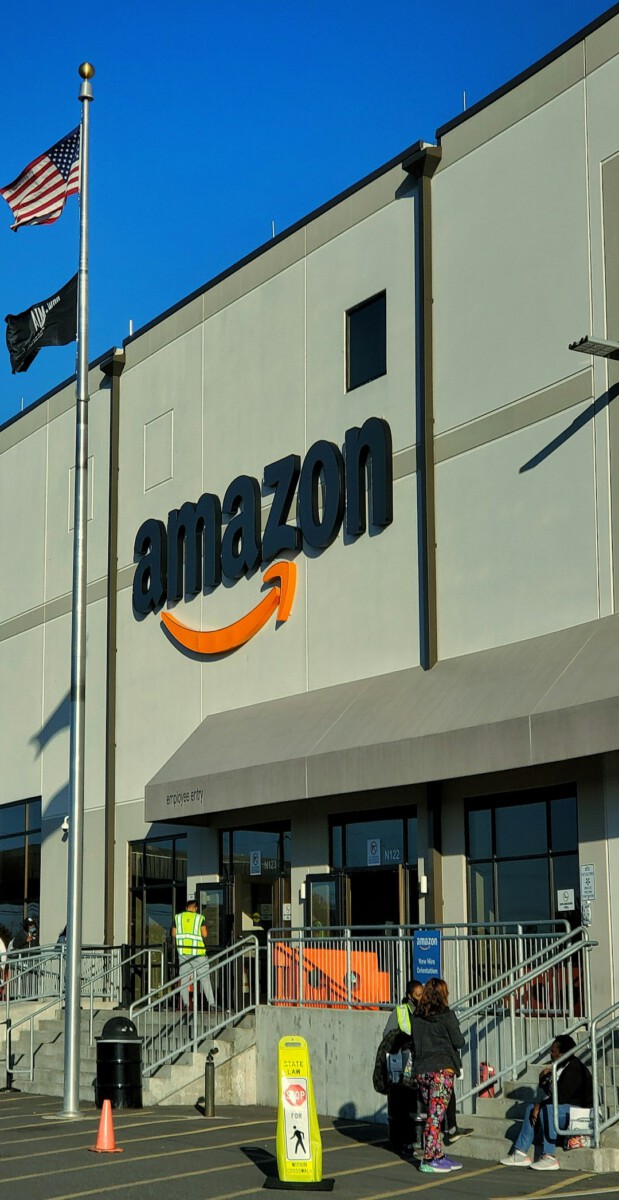A Sudden Digital Storm Hits (Image Credits: Unsplash)
Imagine millions staring at blank screens, their daily routines grinding to a halt under a sky heavy with the threat of storms, as one of the world’s biggest tech backbones faltered.
A Sudden Digital Storm Hits
Just when the 2025 hurricane season was ramping up, Amazon Web Services threw everyone for a loop with a massive outage. Starting early on October 20, it knocked out key services in the US East region, rippling across the globe. Users from casual scrollers to big businesses felt the pinch, with apps freezing and websites vanishing.
This wasn’t some minor glitch. The problem stemmed from a hiccup in DynamoDB, AWS’s vital database tool, causing DNS issues that blocked access everywhere. Reports flooded in from users dealing with login fails and slow loads, turning a Monday morning into a tech nightmare.
Yet, the timing added extra worry. With hurricanes already straining East Coast infrastructure, this outage felt like another blow to an already vulnerable setup.
Who Felt the Worst of It?
Snapchat went dark for many, leaving friends unable to share moments in real time. Reddit threads halted, cutting off discussions on everything from news to memes. Even Disney+ stuttered, frustrating binge-watchers mid-episode.
Gaming platforms like Roblox and Fortnite saw players kicked out, while financial apps such as Robinhood glitched, raising alarms for traders. Food delivery services and smart home devices joined the chaos, with Ring cameras offline at the worst possible moment.
The hit to everyday life was real. Businesses lost hours of productivity, and in hurricane-prone areas, the downtime complicated emergency updates and remote work setups.
Behind the Scenes: What Went Wrong
AWS pinpointed the issue to a connectivity problem in their core Northern Virginia data center. This hub powers a huge chunk of the internet, so one snag there snowballed fast. Teams worked around the clock, applying fixes to restore flow.
By late afternoon, services started bouncing back, though some lag lingered into the evening. AWS shared updates on their status page, assuring everyone that normal operations were returning step by step.
Experts note this highlights the risks of relying on single regions, especially during peak weather events like the 2025 storms brewing in the Atlantic.
The Bigger Picture in a Hurricane Year
2025 has been rough for tech resilience, with hurricanes battering the Southeast and exposing weak spots in cloud setups. Power flickers and network strains from storms already tested limits, and this outage piled on the pressure.
Companies using AWS learned a hard lesson: diversification matters. Spreading workloads across regions could prevent total shutdowns next time a storm or glitch strikes.
Regulators might push for better safeguards too, given how intertwined cloud services are with critical ops, from banking to weather tracking.
Quick Fixes and Long-Term Wins
In the immediate aftermath, users turned to alternatives like local apps or backups. AWS rolled out mitigations, clearing backlogs and monitoring for aftershocks.
Looking ahead, bolstering redundancy seems key. Simple steps, like multi-region backups, can shield against future disruptions.
- Check your service dependencies on AWS regions.
- Test failover plans regularly.
- Stay updated via official status pages.
- Consider hybrid cloud options for critical apps.
- Build in offline modes where possible.
Key Takeaways from the Chaos
- The outage underscored how one database falter can topple giants like Snapchat and Reddit, affecting millions in hours.
- In 2025’s hurricane context, it showed the need for weather-proof tech strategies to keep essentials running.
- Recovery was swift, but it reminded us: the digital world is fragile, urging smarter backups for all.
As the screens light up again, this episode serves as a wake-up call for tougher digital defenses in turbulent times. What steps are you taking to outage-proof your setup? Share in the comments below.




